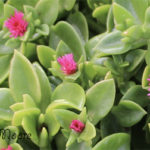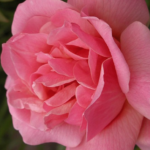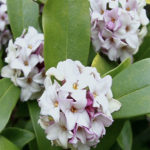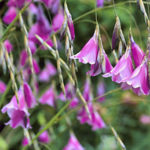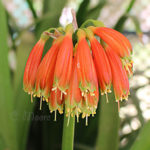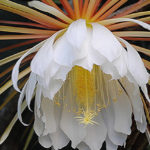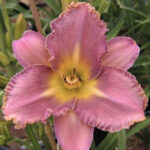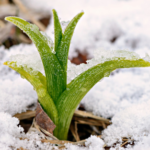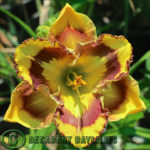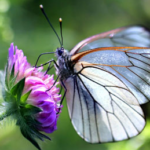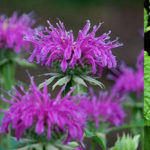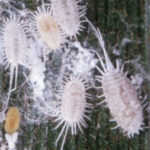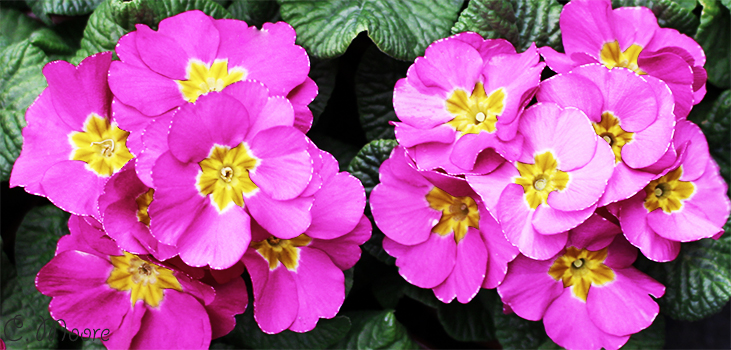
Primulas Annual Or Perennial
Growing And Caring For Primula Primrose Or Polyanthus
 Primula is a herbaceous ornamental flowering plant belonging to the family Primulaceae. Primulas are also called as Primrose or Polyanthus. They are planted grown or cared for either as an annual or perennial. This plant was first discovered in Yunan province in China Primula is native to the tropical mountains in Indonesia, Ethiopia and New Guinea and temperate regions of South America. Primula includes more than 500 species and half of them exist in the Himalayan region.
Primula is a herbaceous ornamental flowering plant belonging to the family Primulaceae. Primulas are also called as Primrose or Polyanthus. They are planted grown or cared for either as an annual or perennial. This plant was first discovered in Yunan province in China Primula is native to the tropical mountains in Indonesia, Ethiopia and New Guinea and temperate regions of South America. Primula includes more than 500 species and half of them exist in the Himalayan region.
Some of the most popular species of the plant include Primula vulgaris, Primula Acaulis, the delicate flowers of fairy Primrose or Primula Malacoides, Obconica or Poison Primrose and Primula Sinensis. These flowering plants are a good addition to your garden in Australia. They are also suitable for growing in containers and pots or in hanging baskets or you might want to create a spring window box. This will bring the most welcoming colour to your window from outside. These plants grow prostrate on the ground and are available with different coloured flowers. The leaves form a short rosette of tongue shape leaves around the flowers, some types are dark green others are light in colour. The huge range of flower colours range includes from the delicate pale lilacs and pinks to bright red, purple, white and yellows to the shocking oranges. The form of the plant also varies with the hybrids available. This plant is easy to grow and even non-gardeners can opt to grow them. Flowering period is during spring.
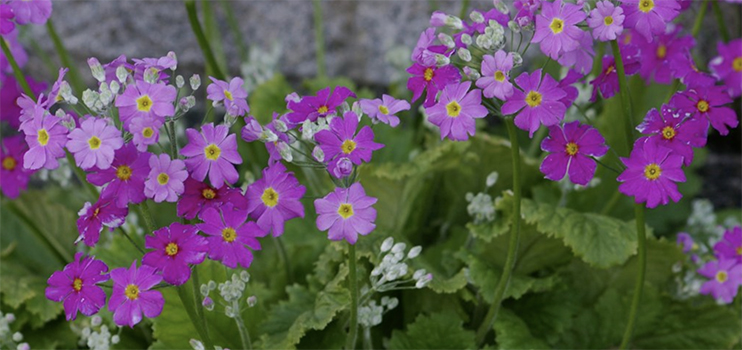 Growing Conditions
Growing Conditions
These low growing colourful plants prefer cool climates and soil rich in humus or compost around their roots. Adding coco peat to the soil helps in absorbing and retaining soil moisture. During spring, the plant needs exposure to full sun. But during summer, place them in partial shade to preventing burning of the leaves. The plant cannot survive extreme dry and wet conditions.
Caring For Primula
The soil needs to be kept moist for Primula varieties. Do not allow the soil to dry out completely and do not over water them. The wilting of the leaves indicates that the plant needs water. This plant will keep on growing and flowering if proper care and growing conditions are provided. Pinching of the dead flowers will promote further flower production. Once the plant finishes blooming watering frequency can be reduced. Allow the soil to get dry between watering. During frost conditions bring the plant inside or give proper protection from frost. Mulching in winter protects the plant and regrowth occurs the following year. Wet winters can rot the plant. After the frost disappears you can plant them outside in a shady area.
Propagation Of Primula
You can propagate Primula plant by division or by using the seeds. However, home gardeners may find it a bit difficult to grow these plants from seeds as the ideal conditions needed for germination is difficult to create. The seeds should be exposed to chilling temperatures for 8- 10 weeks and exposure to sunlight to germinate. You can divide the Primula plant after the flowers start to fade. Lift the entire plant carefully and remove the excessive soil. Pull the plant apart to form smaller divisions. Do not make the divisions very thin. If the divisions are not thick enough the plant may not flower in the first year. Each division should have a good amount of leaves and roots. Replant the divisions immediately to avoid drying up. Water the new plants to keep the soil moist. Though it is possible to propagate them using pieces of leaf, the success rate of this method is very low. If you don’t wish to propagate them they are easy to purchase to transplant to your garden during late winter, either in plug form or a mega punnet. This will give you ample amount of plants for your garden bed.


